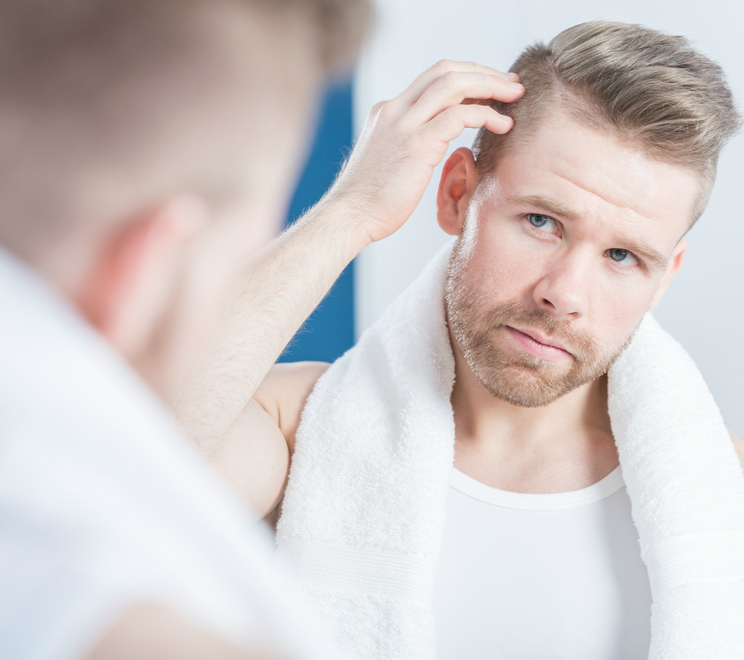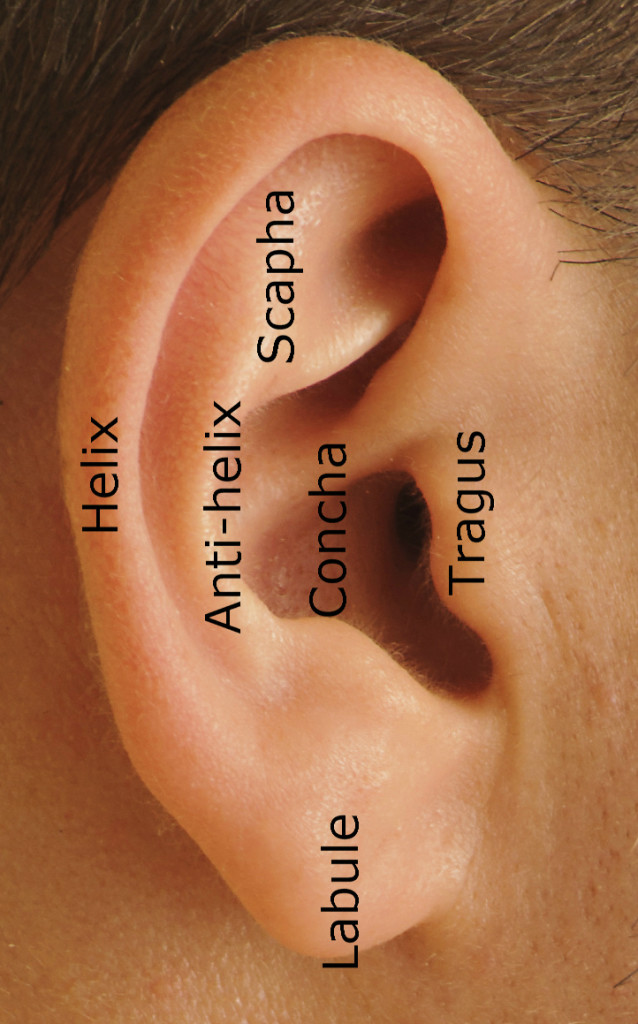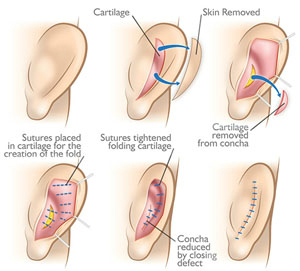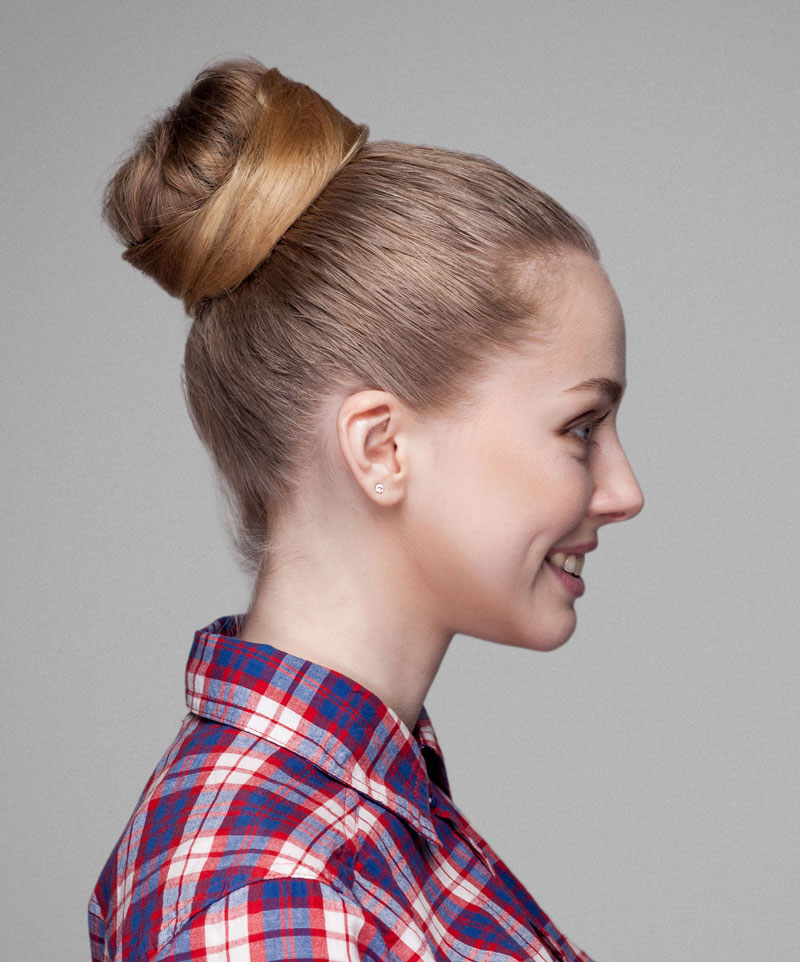At Feel Beautiful San Diego Cosmetic Clinic, Dr. Steve Laverson applies standard techniques to correct a range of ear defects. He customizes each one to the individual’s anatomy and desired result. After administering local anesthesia and, if necessary, providing medication for relaxation, Dr. Laverson creates an incision where it can be hidden in the ear’s natural creases and folds. The exact techniques used depends on the type and severity of the abnormality. Otoplasty techniques may include:
- Internal, non-absorbing cartilage-bending sutures
- Cartilage-softening/cartilage-weakening methods
- Rearranging or rotating sections of cartilage
For protruding ears, Dr. Laverson typically opens the groove between the ear and the head, exposing projecting cartilage. He then may remove a carefully selected and shaped section of cartilage, sculpts and re-shape remaining cartilage, and use internal, non-absorbing sutures to permanently fold the cartilage into the desired contour. If the ear needs to be enlarged, Dr. Laverson may take cartilage from somewhere else in the body to augment the ear and sculpt a more proportionate or symmetrical size. Once the defect has been corrected, the incisions are closed up with absorbable sutures, and a splint or bandages applied.
To accommodate the wide range of presentations, the range of corrective measures is broad. Dr. Laverson approaches each otoplasty procedure with the precision and artistry that human anatomy demands, and that results in satisfactory and pleasant outcomes.
Candidates for Ear Surgery
Otoplasty is typically performed on children between the ages of 5 and 14, but ear surgery can be a solution for anyone of any age who:
- Is in general good health
- Is a non-smoker or can quit smoking for several weeks prior to the surgery
- Wants to correct the appearance of asymmetrical, protruding, misshapen, or large ears
- Has realistic expectations about the outcome
Children who are good candidates for otoplasty should not:
- Have ears that are still developing
- Have hearing issues
- Have chronic ear infections
To find out if otoplasty is a good fit for you, schedule a consultation with Dr. Laverson. He’ll examine your ears, listen to your wishes, and discuss treatment possibilities with you. If you’re a good candidate for otoplasty, you’ll know in advance what to expect and how to prepare for the procedure.
Otoplasty Recovery and Scarring
Otoplasty is an outpatient surgery that generally takes 2-4 hours. During your consultation, your questions are answered and you’ll have a good idea of what to expect. After surgery, your ears will be protected with large cups over the treated ears for a day or two. Avoid sleeping on the operated ear, and no contact or collision sports for at least two weeks to prevent inadvertent injury to your delicate, healing ear(s). Most patients feel comfortable returning to work or school by the second week.
Dr. Laverson’s deft hand, precise techniques, and perfectionistic approach has resulted for many in undetectable otoplasty scars that do not interfere with activities of daily living in any way.
Otoplasty results are immediate, though several weeks pass for swelling to subside. To facilitate healing, follow all post-otoplasty instructions carefully. These may include the use of:
- Extra pillows to keep your head elevated at night
- Medications (analgesics) to alleviate discomfort
- Ear cups (for children) to protect the ears during sleep
Dr. Laverson will provide you with a detailed post-procedure plan that includes care instructions and timelines for resuming exercise and other activities.


 Book Now
Book Now













